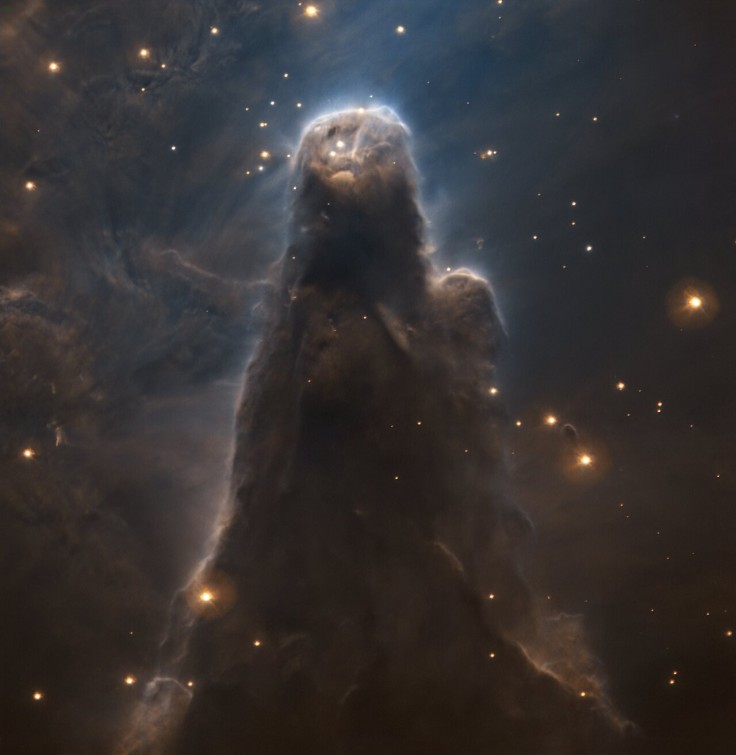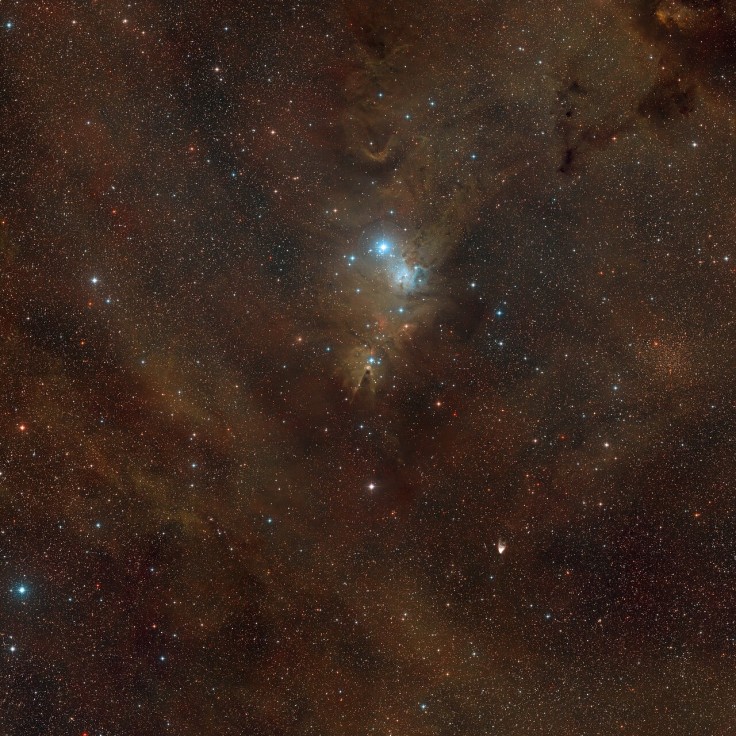The European Southern Observatory (ESO) has quite a way of celebrating its 60th anniversary.
The space agency recently published a new high-definition photo of the Cone Nebula taken using its Very Large Telescope (VLT) in celebration of its 60th anniversary.
The ESO was originally founded by five countries that signed the convention to create it on Oct. 5, 1962, per the space agency's 60th-anniversary photo release.
ESO 60th Anniversary Photo Details

The ESO recently published a new high-definition photo of the Cone Nebula, taken by its VTL on an unspecified date earlier in 2022, in celebration of its 60th anniversary.
The picture, which features quite the detail, showcases a more "dramatic" view than the photos taken before. It prominently shows the nebula's dark and impenetrable cloudy appearance, making it look like a mythological creature.
The picture which was taken with the VLT'S FOcal Reducer and low dispersion Spectrograph 2, makes the hydrogen gas in the picture look blue and the sulfur gases in red. As such, the Cone Nebula's picture shows an array of newly formed stars near its peak., which appears almost golden in contrast with the dark cone-like sparklers.
The Cone Nebula is a perfect example of its kind. According to Business Insider, the Cone Nebula, like other Nebulas, are star factories due to the dense cloud of cosmic dust and gas swirling around together, making them a perfect birthplace for stars.
Interestingly, the Cone Nebula got its shape because of a star at its tip pushing away the gas and dust as it is formed, compressing them into a dense pillar-like shape.

Aside from taking a close-up picture of the Cone Nebula, it also took a wide-view picture showing the nebula in a spectacular sea of stars, which was also captured in the same high-definition as the close-up picture.
According to the ESO, this same quality is what it has been providing astronomers and scientific experts since its founding 60 years ago. Not only that, the space agency also boasted its picture of the first exoplanet and its studies into the black hole at the center of the Milky Way and the expansion of the universe.
According to the Encyclopaedia Britannica, the ESO is financially supported and administered by a consortium of 14 European countries, including, Austria, Belgium, Denmark, France, Germany, and Great Britain. Meanwhile, its scientific, technical, and administrative headquarters are located in Garching, Germany.
Very Large Telescope Facts
The Very Large Telescope, which is made up of four main VLTs and four auxiliary telescopes, is located in the Very Large Telescope Observatory in Antofagasta, Chile.
These telescopes can be operated individually, with each of them capable of taking pictures of celestial objects as faint as magnitude 30 in a one-hour exposure shot, according to the ESO's VLT webapge.
It is widely considered the world's most advanced visible-light astronomical observatory, and the most productive individual grand-based facility for observational astronomy.
Interestingly, the Observatory's four main telescopes were named after the Sun, Moon, the Southern Cross, and Venus in the language of the Mapuche people, the most numerous group of Indians in South America.
Related Article : #SpaceSnap Take a look at VISTA's Photo of the Cat's Paw Nebula









